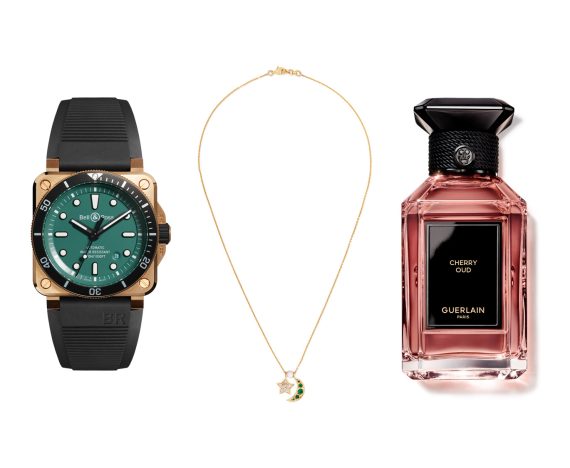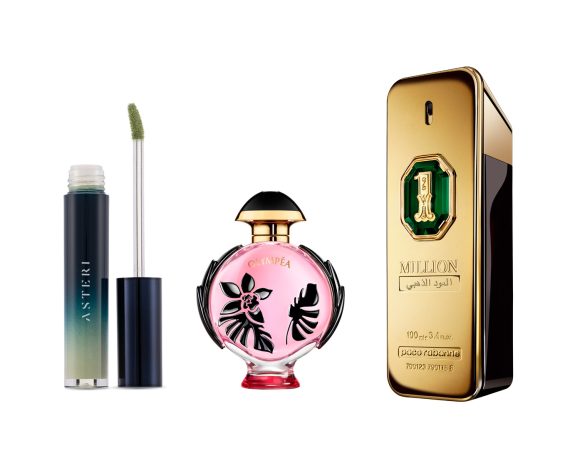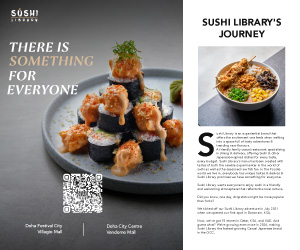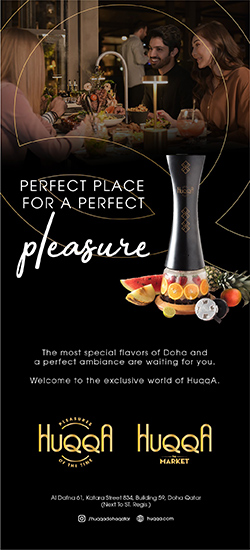WATCHES PAST, PRESENT AND FUTURE
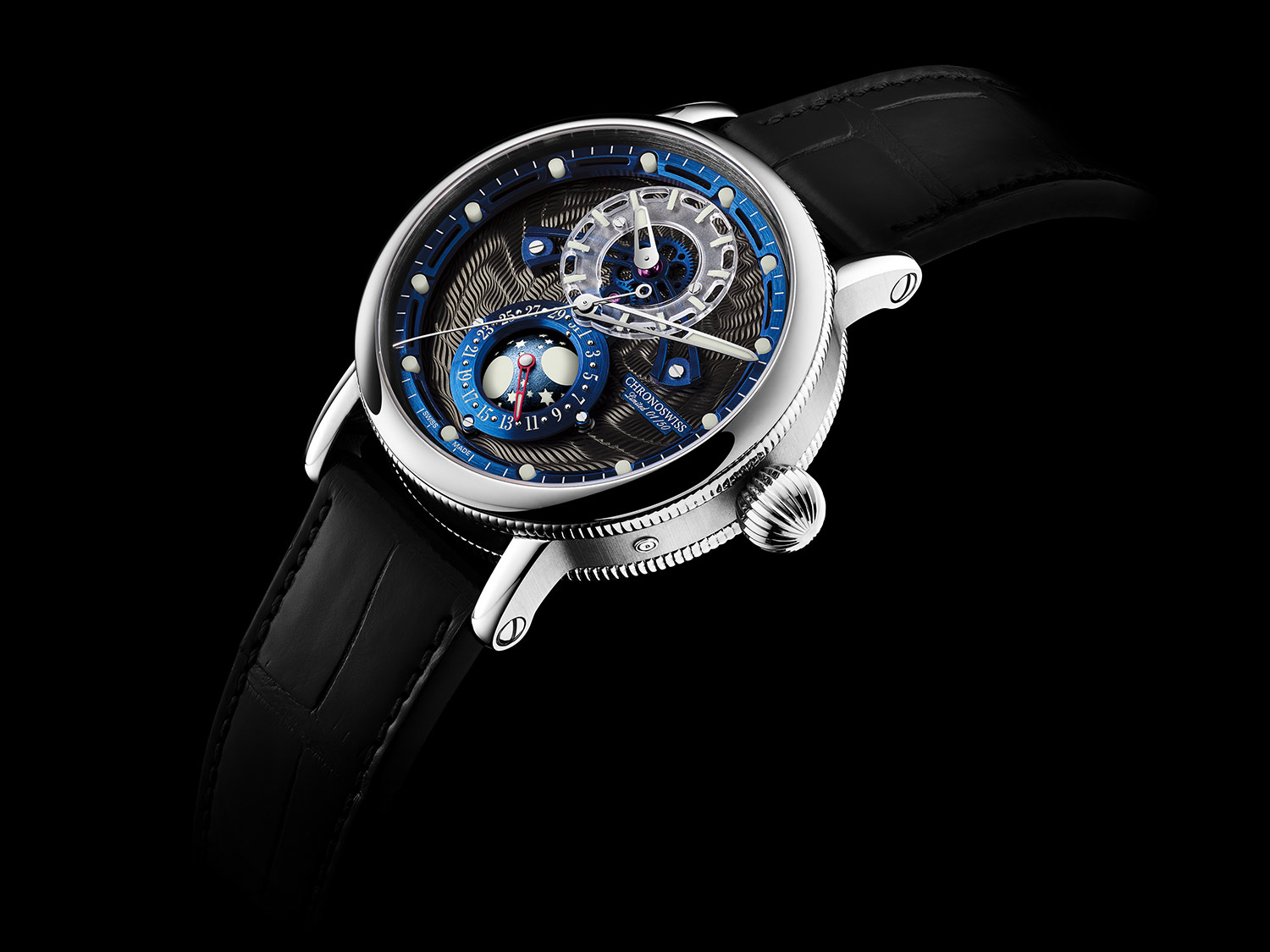
Oliver Ebstein, owner and CEO of Chronoswiss, talks techniques, exclusivity and modern mechanics.
Your background is in finance and management. What made you decide to take over Chronoswiss 10 years ago?
It was a coincidence! I have a small watch collection and I’ve always been a fan of Chronoswiss. Then I met with the owner who was trying to sell his company. He grilled me and said, ‘I see you like watches. Why don’t you buy my company?’ And that’s how it started.
What makes your timepieces stand out?
Our timepieces are out of the ordinary. We try not to go with the masses. We are a small family company, so we have the beauty and the possibility of creating pieces that we, as a family, like. And I think we are very provocative in terms of colours.
How many watches do you make a year?
All of our watches are handmade and that takes time. If we look at the Open Gear ReSec Kingfisher, the dial itself consists of about 50 different parts, all assembled by hand. We only have time to make 1,500 to 2,000 pieces a year. So, we’ve decided to limit each edition to just 50 pieces. If I buy something and not everybody has it, it’s a piece of luxury. It’s nice to know you’re one of 50 and not one of 10,000!
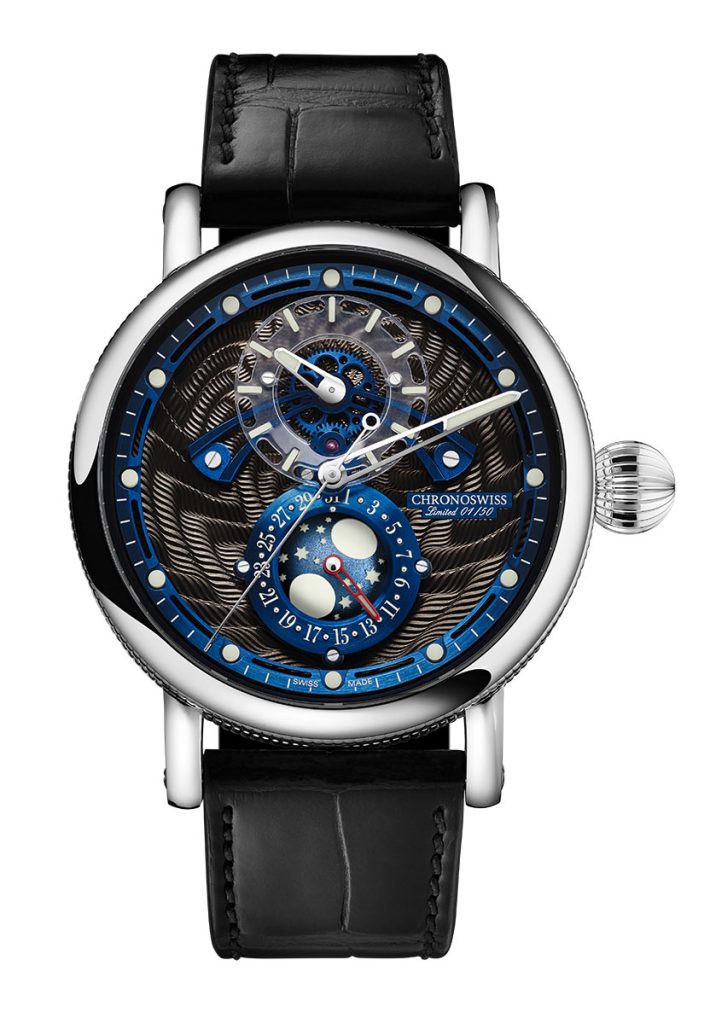
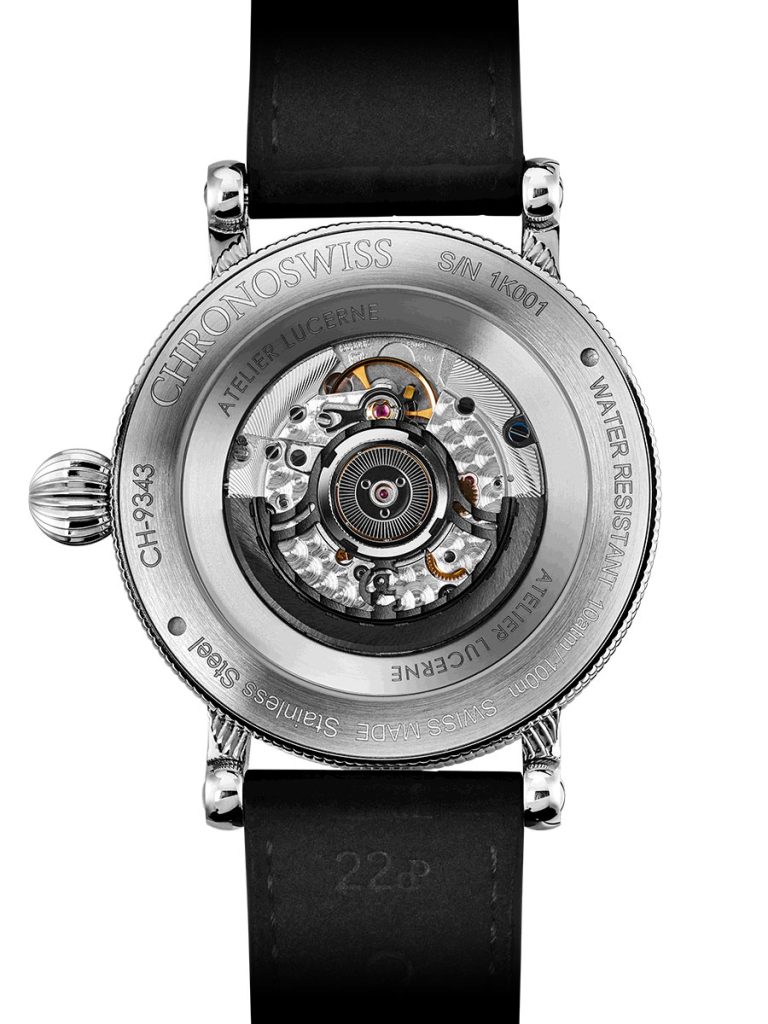
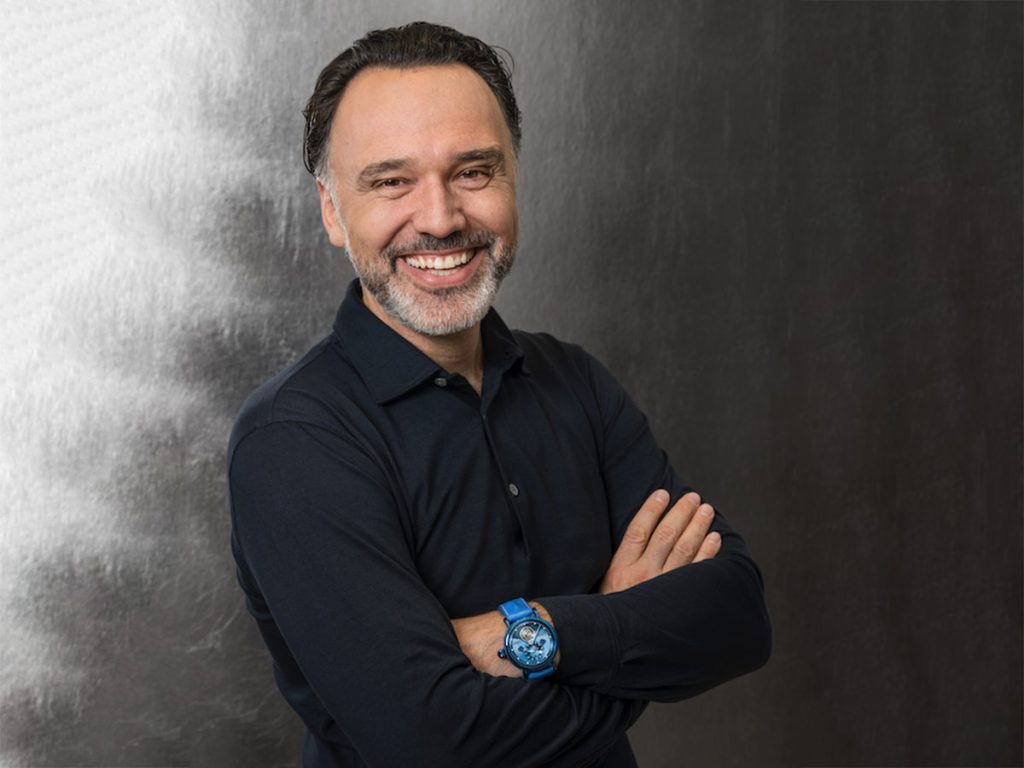
Your company tagline is ‘modern mechanical’. What does this mean?
We chose this tagline because I like old handicrafts. We work with a 100-year-old guilloche machine to create Chronoswiss’s distinctive watch faces. We also try to preserve this old art. With guilloche machines, you carve out the material and when you look at it in the light, it’s reflective. The same technology was used to make Fabergé eggs. We’ve also approached modern tech companies to see if they can help us in providing exactly the right colours in terms of enamel coating. So, we use new technologies and new ways of design, while at the same time mixing them with the old world. It’s also about not losing the DNA of where we’ve come from. The onion crown is very typical of Chronoswiss – it goes on all of the watches and the casing. If you go back 40 years, it’s almost the same. So modern mechanical is not just a mix. It’s also preserving history. Even if you work with old techniques, you can be innovative in doing it differently.
Chronoswiss is famous for its ‘firsts’. You were the first watch brand to introduce a regulator on a wristwatch. You invented the skeletonised chronograph. You became the first watch brand to accept crypto currency and even opened a boutique in the Metaverse. What drives you to take these great leaps?
I think as a small company, we need to try out things. And the beauty of being your own boss is that you can do this. I think the crypto – four or five years ago – was a risk but we took it because we’d met new acquaintances who were trying to pay in crypto. I can’t tell you where we’ll be in two years, but it’s been very nice to be in the Metaverse and create our own boutique, just to see how things go. We’re not afraid to take risks.

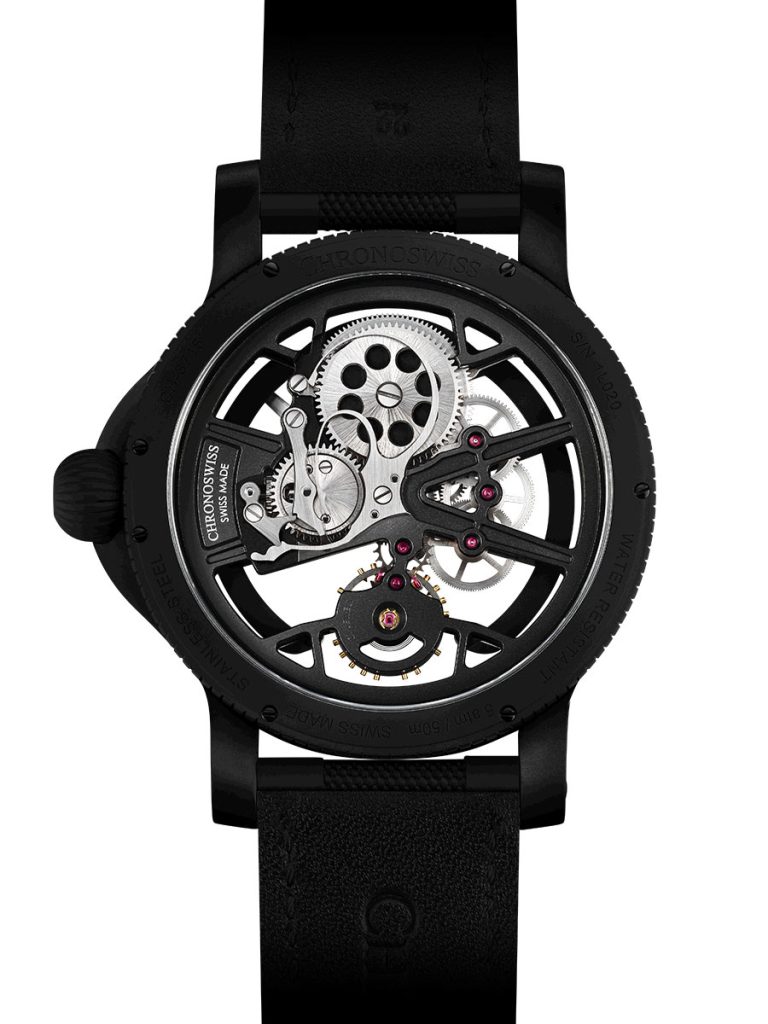

Now you are expanding into the Middle East. How will you compete in this very demanding environment?
Well, first of all, I think the Middle East is a very interesting environment. There are a lot of collectors, with a lot of watch knowledge, which you don’t find in a lot of other places. And I think it always depends on the partner to make a good entrance. We’re very happy to be here in Qatar with Al Majed Group Holding, because if you work with family companies, they know your needs – talking with them is different to talking in big groups. And I think making an entrance in a new market for us as a family company is also about finding the right family partner. So, I think this is a big advantage for us.
What’s next for Chronoswiss?
We’re celebrating our 40th anniversary in a couple of months and we’re going to create a watch that’s very innovative in terms of guilloché and of enamelling. When we talk about the future, these are the two techniques that we want to be known for. We want to use them to be one of a kind. ✤











